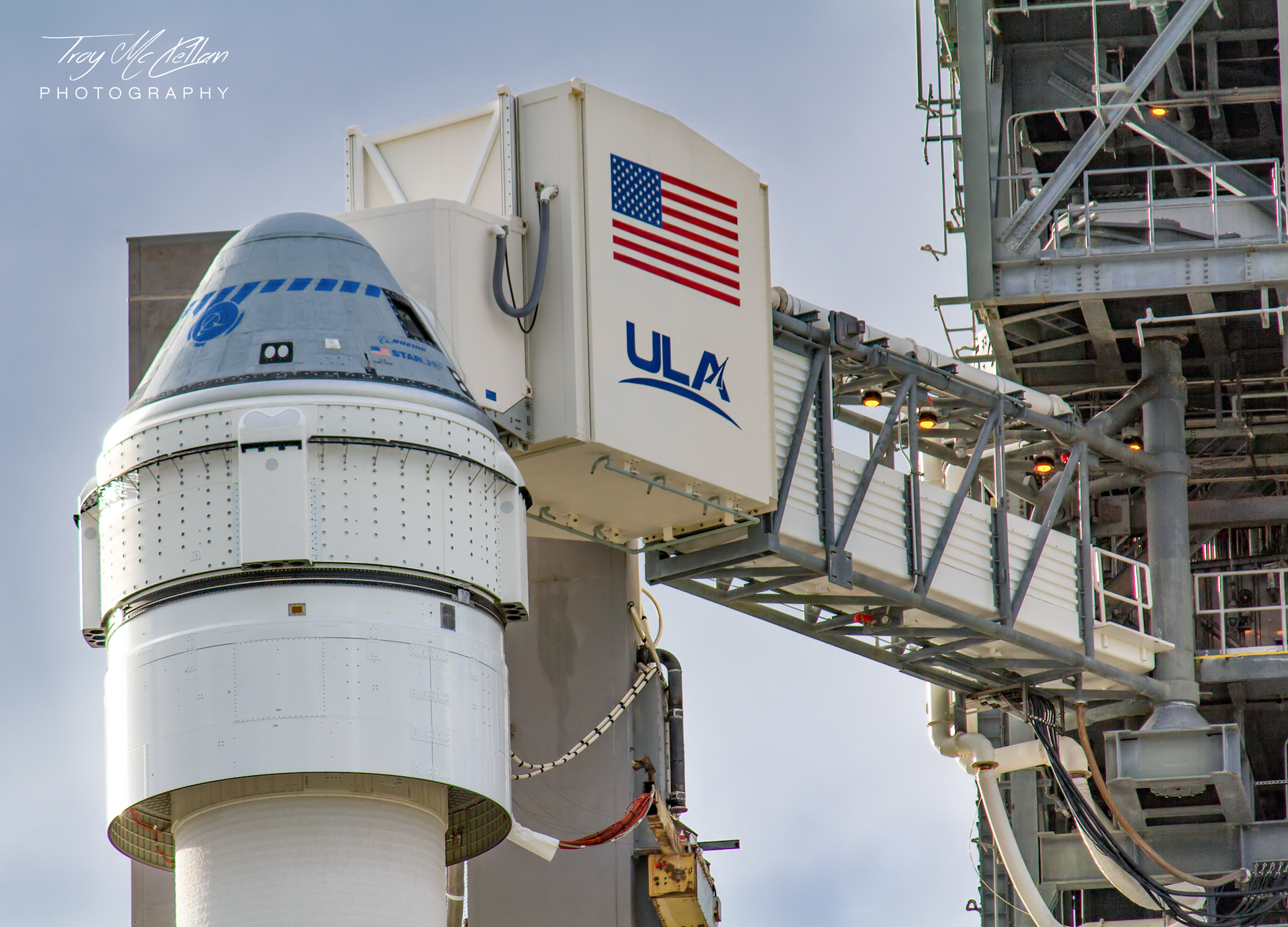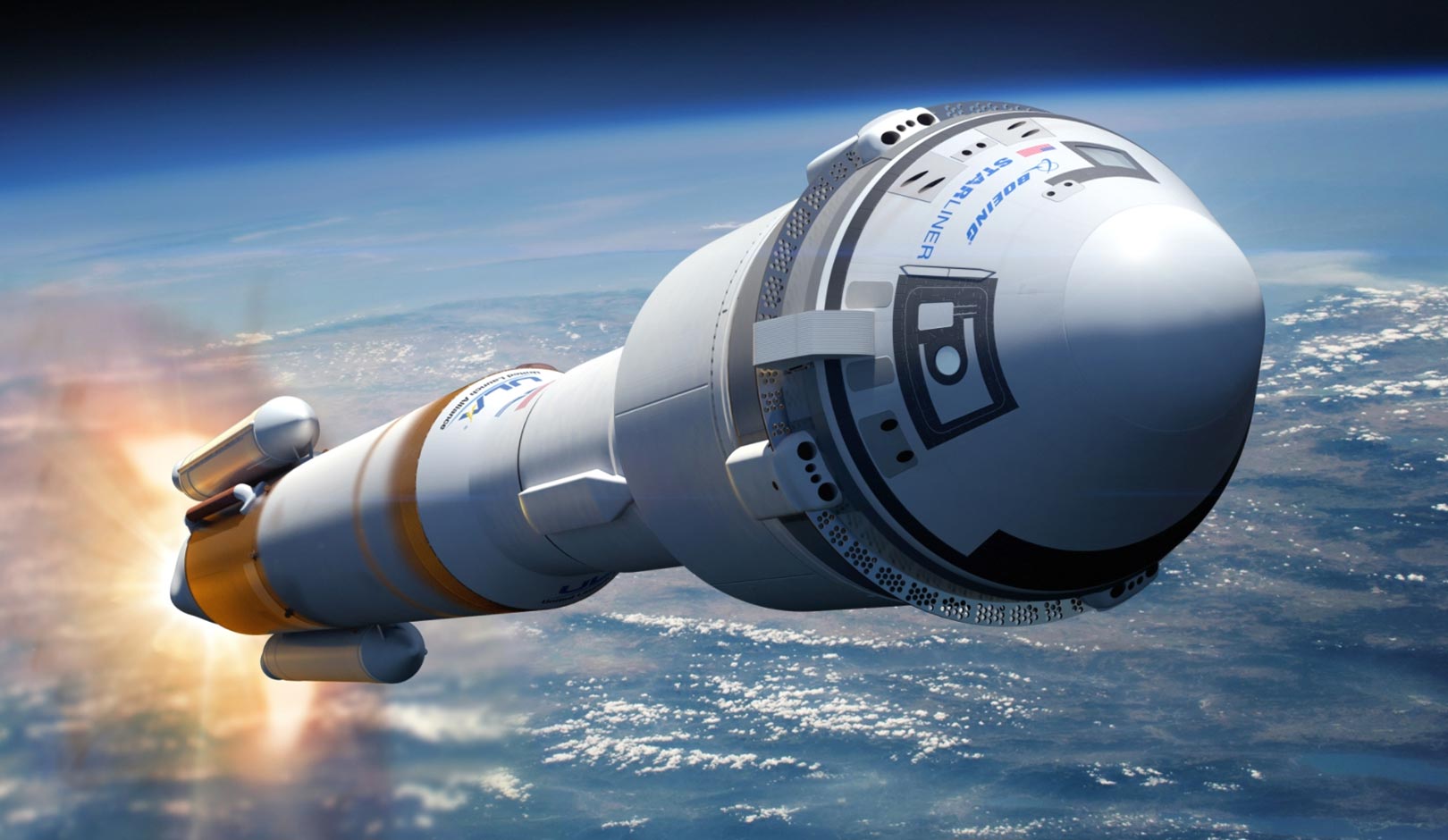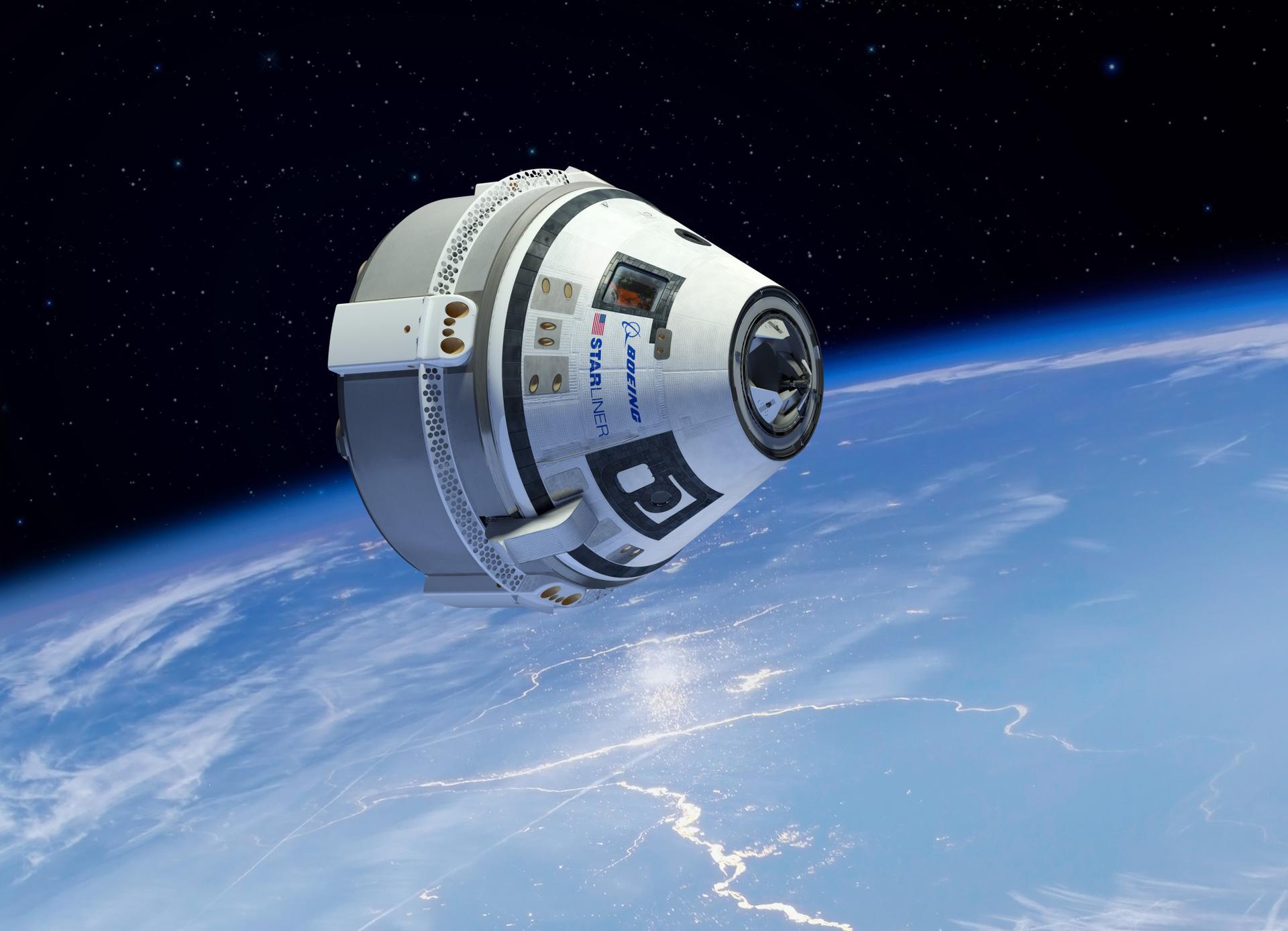Launch Details and Preparations: Starliner Launch Today

Starliner launch today – The highly anticipated launch of the Starliner spacecraft is scheduled for liftoff on [Date] at [Time] EST from the historic Launch Complex 41 at Cape Canaveral Space Force Station in Florida. This mission marks a significant milestone in NASA’s commercial crew program, as Starliner prepares to embark on its uncrewed Orbital Flight Test-2 (OFT-2) mission to the International Space Station (ISS).
Today’s Starliner launch is a significant milestone in space exploration, paving the way for future missions to Mars. As the countdown commenced, sports fans couldn’t help but draw parallels to the explosive speed and agility of Christian McCaffrey , the NFL’s reigning rushing champion.
Just as McCaffrey’s lightning-fast acceleration and elusive moves electrify the gridiron, the Starliner’s ascent symbolizes humanity’s relentless pursuit of the unknown.
Spacecraft Specifications
The Starliner spacecraft is a reusable, crew-rated spacecraft developed by Boeing. It is designed to carry up to four astronauts to and from the ISS, providing a safe and reliable mode of transportation for future space exploration missions.
The Starliner launch today marks a significant milestone in space exploration, evoking memories of Amanda Knox ‘s wrongful conviction and subsequent vindication. Like Knox’s arduous journey towards justice, the Starliner’s mission embodies resilience and the pursuit of truth amidst adversity.
As the spacecraft embarks on its historic flight, it carries with it the hopes and aspirations of humanity, just as Knox’s story serves as a testament to the indomitable spirit that prevails in the face of injustice.
- Length: 17.5 feet (5.3 meters)
- Diameter: 12.6 feet (3.8 meters)
- Weight: 15,000 pounds (6,800 kilograms)
- Payload Capacity: 600 cubic feet (17 cubic meters)
Launch Team
A dedicated team of engineers and technicians has been working tirelessly to prepare the Starliner spacecraft for launch. This team includes experts from Boeing, NASA, and United Launch Alliance (ULA), the company responsible for providing the Atlas V rocket that will propel Starliner into orbit.
Each member of the launch team plays a vital role in ensuring the success of the mission. Engineers are responsible for designing, testing, and integrating the spacecraft’s systems. Technicians are tasked with assembling, inspecting, and fueling the spacecraft. Together, they work in close collaboration to ensure that Starliner is ready for its journey to the ISS.
Mission Objectives and Scientific Significance

The Starliner mission, scheduled for launch today, carries significant objectives and scientific implications that promise to advance our understanding of space exploration, human spaceflight, and astrophysics. Its primary destination is the International Space Station (ISS), where it will conduct various experiments and research activities.
Among the mission’s key objectives is to demonstrate the capabilities of the Starliner spacecraft, paving the way for future crewed missions to the ISS and beyond. It will also test the spacecraft’s docking and maneuvering systems, ensuring its compatibility with the ISS and other spacefaring platforms.
Scientific Experiments
The Starliner mission will carry a suite of scientific experiments designed to explore a range of topics, including:
- Space Biology: Experiments will investigate the effects of spaceflight on living organisms, including microorganisms, plants, and small animals. This research aims to enhance our understanding of how living systems adapt to the unique challenges of space.
- Materials Science: Experiments will study the behavior of materials in microgravity, providing insights into the development of new materials and technologies for future space missions.
- Astrophysics: The mission will carry a telescope to observe celestial objects and collect data on the composition and evolution of the universe.
Broader Scientific Significance, Starliner launch today
The Starliner mission is expected to make significant contributions to the scientific community, with potential breakthroughs in various fields:
- Space Exploration: The mission will provide valuable data on the capabilities of the Starliner spacecraft, informing the design and development of future space exploration vehicles.
- Human Spaceflight: Experiments on the effects of spaceflight on living organisms will contribute to the development of technologies and protocols to ensure the health and safety of astronauts on long-duration missions.
- Astrophysics: Observations made with the mission’s telescope will deepen our understanding of the universe and its evolution.
Challenges and Contingency Plans
While the Starliner mission is meticulously planned, there are potential challenges and risks associated with any spaceflight. Contingency plans are in place to mitigate these risks and ensure the safety of the spacecraft and its crew:
- Launch Abort System: In the event of a launch failure, the Starliner is equipped with an abort system to safely separate the crew module from the launch vehicle.
- Redundant Systems: Critical systems on the Starliner, such as navigation and communications, have redundant backups to ensure reliability in case of a primary system failure.
- Ground Support: A team of engineers and scientists will monitor the mission from ground control, providing real-time support and contingency planning.
Live Coverage and Media Engagement

The Starliner launch will be covered live across various platforms, including websites, social media, and television networks. NASA’s official website, NASA TV, and the agency’s social media channels will provide real-time updates, commentary, and live video footage of the launch.
Media outlets worldwide will also cover the event, providing comprehensive reporting and analysis. Their role is crucial in disseminating accurate and engaging information to the public, helping to foster understanding and excitement about space exploration.
Media Coverage Plans
The following table summarizes key media outlets and their respective coverage plans for the Starliner launch:
| Media Outlet | Coverage | Contact |
|---|---|---|
| NASA TV | Live video footage, commentary, and updates | nasa.gov/nasatv |
| CNN | Live updates, interviews, and analysis | cnn.com |
| BBC | Live updates, reports, and documentaries | bbc.com |
| Space.com | In-depth coverage, articles, and interviews | space.com |
| The New York Times | Live updates, editorials, and op-eds | nytimes.com |
The Starliner launch today marks a significant milestone in the history of space exploration. The spacecraft, developed by Boeing in partnership with NASA, is set to embark on a crucial test flight to the International Space Station. This mission is a testament to the tireless efforts of engineers and scientists who have dedicated years to making this launch a reality.
As the Starliner ascends into the sky, we can’t help but feel a sense of awe and anticipation for what the future holds for human spaceflight. For more details on the NASA, Boeing Starliner launch, click here.
As the Starliner launch today continues to captivate the world, the anticipation for the acolyte osha’s arrival grows. The acolyte osha, an AI-powered spacecraft, will play a crucial role in the Starliner’s mission, providing valuable data and insights as it explores the vastness of space.
As the Starliner prepares for its historic journey, the acolyte osha stands ready to assist, marking a significant milestone in the advancement of space exploration.
Today’s launch of Starliner marks a significant milestone in space exploration. The spacecraft is set to dock with the International Space Station , a testament to the collaborative efforts of scientists and engineers from around the world. This mission will pave the way for future crewed missions to the ISS and beyond, expanding our understanding of the cosmos and inspiring generations to come.